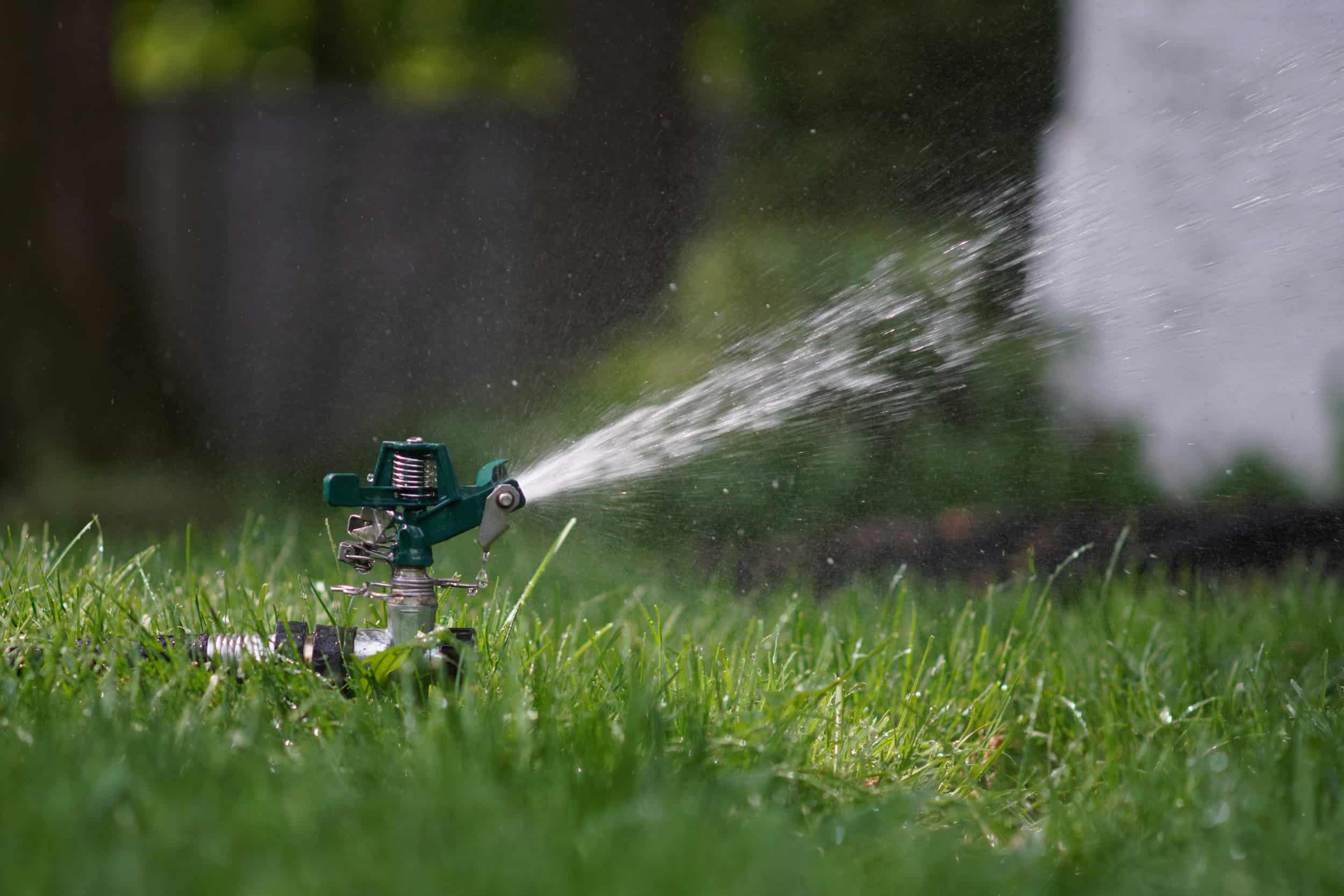Understanding Common Irrigation Problems
Irrigation systems are essential for maintaining healthy landscapes, gardens, and agricultural fields. However, they are not without their issues. Understanding the common problems that can arise with irrigation systems is the first step in ensuring that your system operates efficiently and effectively.
Some of the most frequent problems include leaks, clogs, and uneven water distribution. These issues can lead to water wastage, increased utility bills, and unhealthy plants. By identifying these problems early, you can take the necessary steps to fix them and maintain an efficient irrigation system.
Identifying and Fixing Leaks
Leaks are one of the most common irrigation problems. They can occur in various parts of the system, including pipes, valves, and sprinkler heads. Leaks not only waste water but can also lead to soil erosion and damage to surrounding structures. For more information on preventing yard erosion, you can refer to our effective strategies to prevent yard erosion.
Signs of Leaks
- Unusually high water bills
- Wet spots or puddles in the landscape
- Reduced water pressure
How to Fix Leaks
To fix leaks in your irrigation system, first locate the source of the leak. This may involve inspecting the system visually or using specialized equipment. Once you have identified the leak, you can repair it by replacing damaged parts or sealing any holes. It is essential to regularly check your system for leaks to prevent future issues.
Dealing with Clogs
Clogs can occur in various parts of an irrigation system, such as filters, pipes, and sprinkler heads. They can lead to uneven water distribution and reduced efficiency.
Causes of Clogs
- Debris buildup in pipes and filters
- Mineral deposits in sprinkler heads
- Insects or small animals nesting in the system
Solutions for Clogs
To address clogs, regularly clean and maintain your system. This includes flushing out pipes, cleaning filters, and checking sprinkler heads for debris. In some cases, replacing parts may be necessary to ensure optimal performance. To prevent overwatering, consider reading our guide on how to prevent overwatering like a pro.
Ensuring Even Water Distribution
Uneven water distribution can result in dry spots and overwatered areas, affecting plant health. This problem often arises from improper system design or malfunctioning components.
Causes of Uneven Distribution
- Incorrectly positioned sprinkler heads
- Varying water pressure levels
- Obstructions blocking water flow
Improving Water Distribution
To improve water distribution, start by adjusting the positioning of sprinkler heads to ensure coverage of the entire area. Check for obstructions and remove them to allow free water flow. Additionally, consider installing a pressure regulator to maintain consistent water pressure throughout the system.
Regular Maintenance for Optimal Performance
Regular maintenance is crucial for preventing common irrigation problems and ensuring your system’s longevity. This includes seasonal checks, cleaning, and adjustments to accommodate changing weather conditions.
Maintenance Tips
- Inspect the system at the start and end of each season
- Clean filters and sprinkler heads regularly
- Adjust system settings according to weather patterns
By following these maintenance tips, you can prevent many common irrigation issues and keep your system running smoothly. For detailed guidance on winterizing your system, check out our essential guide to winterizing your sprinkler system.
In conclusion, understanding and addressing common irrigation problems such as leaks, clogs, and uneven water distribution can significantly enhance the efficiency of your system. Regular maintenance and timely repairs are key to preventing water wastage and ensuring the health of your plants. For more detailed guidance or professional assistance, consider reaching out to an irrigation specialist.
